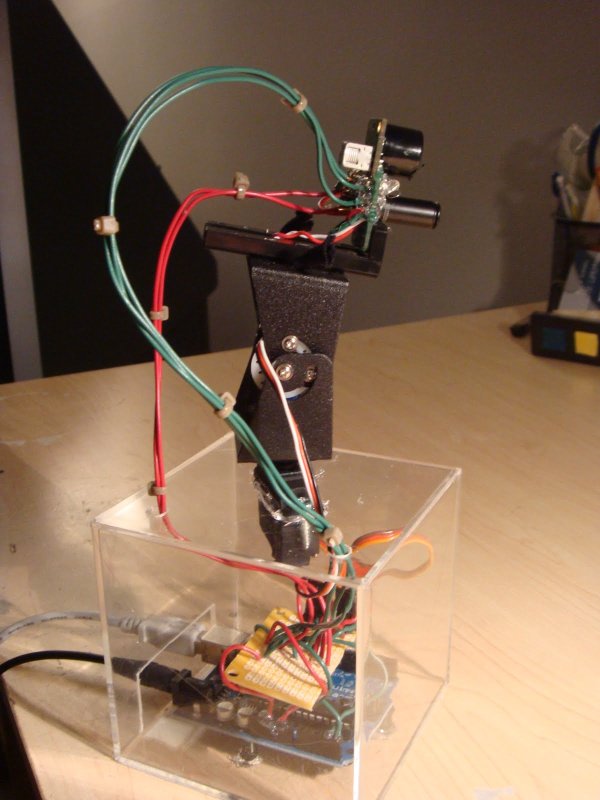

Once you connect the arduino and camera module as per the above diagram compile the code mentioned below and upload to Arduino uno.Īfter that you will need an output program to convert the raw data read by the Arduino through the serial port into an image. OV7670 Arduino Camera Sensor Module STM32.The pin outs of the module are as follows: Saturation level auto adjust (UV adjust).Image quality controls including color saturation, hue, gamma, sharpness (edge enhancement), and anti-blooming.Exposure Control (AEC), Automatic Gain Control (AGC), Automatic White Balance (AWB), Automatic Band Filter (ABF), and Automatic Black-Level Calibration (ABLC).Automatic image control functions including: Automatic.High sensitivity for low-light operation.Mounted with high quality F1.8 / 6mm lens.Onboard regulator, only single 3.3V supply needed.The OV7670 camera module built-in onboard LDO regulator only requires single 3.3V power and can be used in Arduino, STM32, Chipkit, ARM, DSP,FPGA and etc. The camera module is powered from a single +3.3V power supply, and external clock source for camera module XCLK pin. It provides full-frame, sub-sampled or windowed 8-bit images in various formats, controlled through the Serial Camera Control Bus (SCCB) interface. (There might be a +1 somewhere in there) Here's also a python program to display the read image: You can adjust the port more easily and you don't need to do weird hacks to get the java serial reader.The OV7670 image sensor is a small size, low voltage, single-chip VGA camera and CMOS image processor for all functions. The 0x11 register is the prescaler for the camera's internal clock, basically CLK = /. Thus if you reduce the BAUD rate you need to slow down the clock accordingly. Explanation: The Arduino is too slow to provide a clock, so this uses the camera's internal clock set to the right speed to match the BAUD rate. For example, if you changed the BAUD rate from 1M to 500k, you take 10 * 2 = 20 as 500k is 2 times slower. In setup(), multiply the 2nd number in this line (the 10): writeReg(0x11, 10) by whatever multiple you slowed it down by. Change this line to whatever the comment says UBRR0L = 1 //0 = 2M baud rate. Some tips: Your model might label VSYNC as VS, HREF as HS, and XCLK as HCLK If the 1MHz BAUD rate is too fast for you, you CAN change it: 1. ISP includes noise reduction and defect correction.Band Filter (ABF), and Automatic Black-Level Calibration (ABLC).Exposure Control (AEC), Automatic Gain Control (AGC), Automatic White Balance (AWB), Automatic.The OV7670 camera module build in onboard LDO regulator only single 3.3V power needed and can be used in Arduino, STM32,Chipkit, ARM, DSP, FPGA and etc. The OV7670 camera module is a low cost 0.3 mega pixel CMOS color camera module, it can output 640x480 VGA resolution image at 30fps. With proper configuration to the camera internal registers via I2C bus, then the camera supply pixel clock (PCLK) and camera data back to the host with synchronize signal like HREF and VSYNC. An external oscillator provide the clock source for camera module XCLK pin. The camera module is powered from a single +3.3V power supply.


 0 kommentar(er)
0 kommentar(er)
